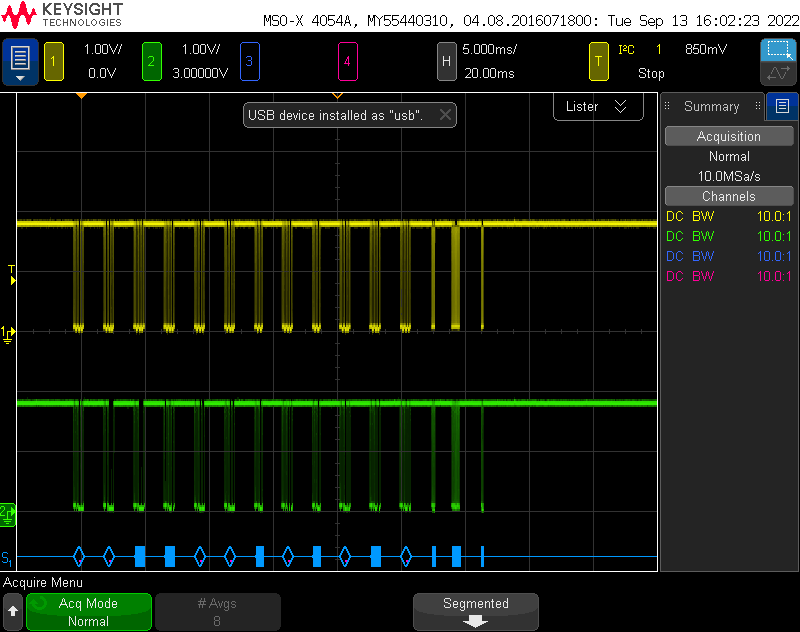Other Parts Discussed in Thread: BQSTUDIO, EV2400,
We're encountering some issues with our fuel gauge where we see occasional spikes of the StateOfCharge() value (Command 0x1C and 0x1D). These spikes typically exceed 100%, values are often around 180%. We're hoping you can offer some help to root cause.
1) Is it possible for the fuel gauge calculations to output a value over 100%?
2) If #1 is not possible, could it be possible we're getting corrupted values by violating the timing requirements of the part (for example section 8.5.4.3 of the datasheet)?
3) Have you seen anything like this with other customers? If so, what are some possible causes?



